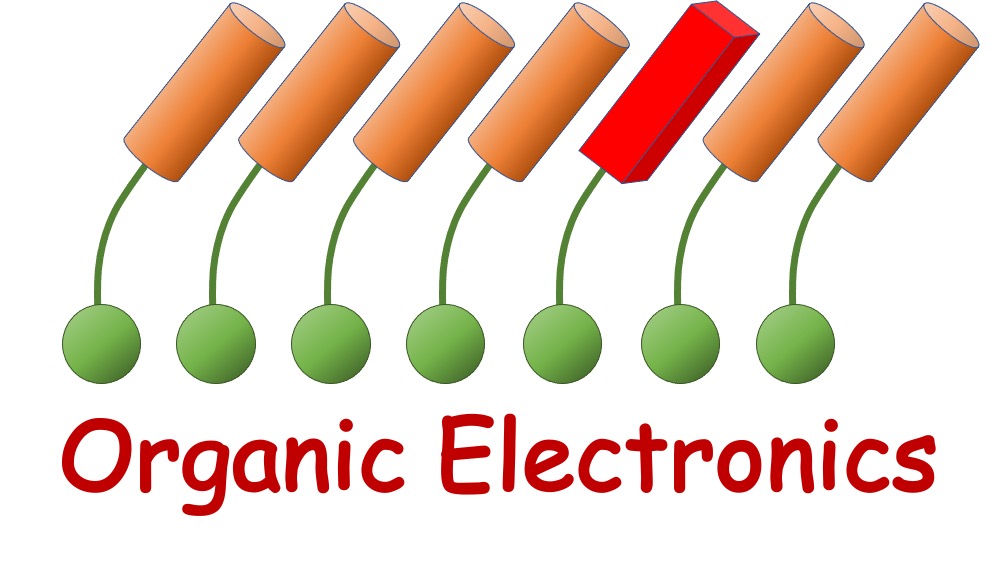Research Topics
Electronic Devices Based on Self-Assembled Monolayers
We are interested in self-assembled monolayers (SAMs) as components of electronic devices. The integration of organics into electronic circuits is still a technological challenge due to the thermal and chemical sensitivity of organic compounds. SAMs can be designed to have a large variety of different functions, such as work function modifiers, two-dimensional ferroelectrics or spin-valves. Due to their ability to self-organize into a functional layer the fabrication of electronic devices using SAMs is extremely simple. The functional complexity of such devices resides mostly in the organic part and can be easily custom-taylored. Our target applications are energy-efficient memory, neuromorphic computing and qubit registers for quantum computers.
Methods
Computational Materials Design
For the design of molecular materials we are using density function theory (DFT) and non-equilibrium Green function (NEGF) calculations. The DFT calculations are used for structure optimization, conformational analysis, prediction of reaction and thermal decomposition pathways, and spectroscopic properties. Using NEGF we are calculating conformation-dependent molecular conductances of single molecules. We are also using molecular dynamics (MD) simulations in collaboration with partners for the elucidation of the switching mechanism in SAM-based devices.
Synthesis of Organic Functional Materials
Guided by computational methods we are synthesizing molecular materials for organic electronics. The function of the liquid crystals, organic semiconductors and self-assembled monolayers (SAMs) often relies on fluorinated substructures, which require a specialized synthetic methodology.
Organic Surface Modification and Characterization
One class of highly energy-efficient inorganic-organic hybrid devices is based on self-assembled monolayers (SAMs) of liquid crystal-inspired compounds. The deposition of highly regular SAMs onto various substrate materials has to be optimized. One of our focus topics is the formation and characterization of chiral monolayers on dielectrics and semiconductors.
Equipment
No articles found.



